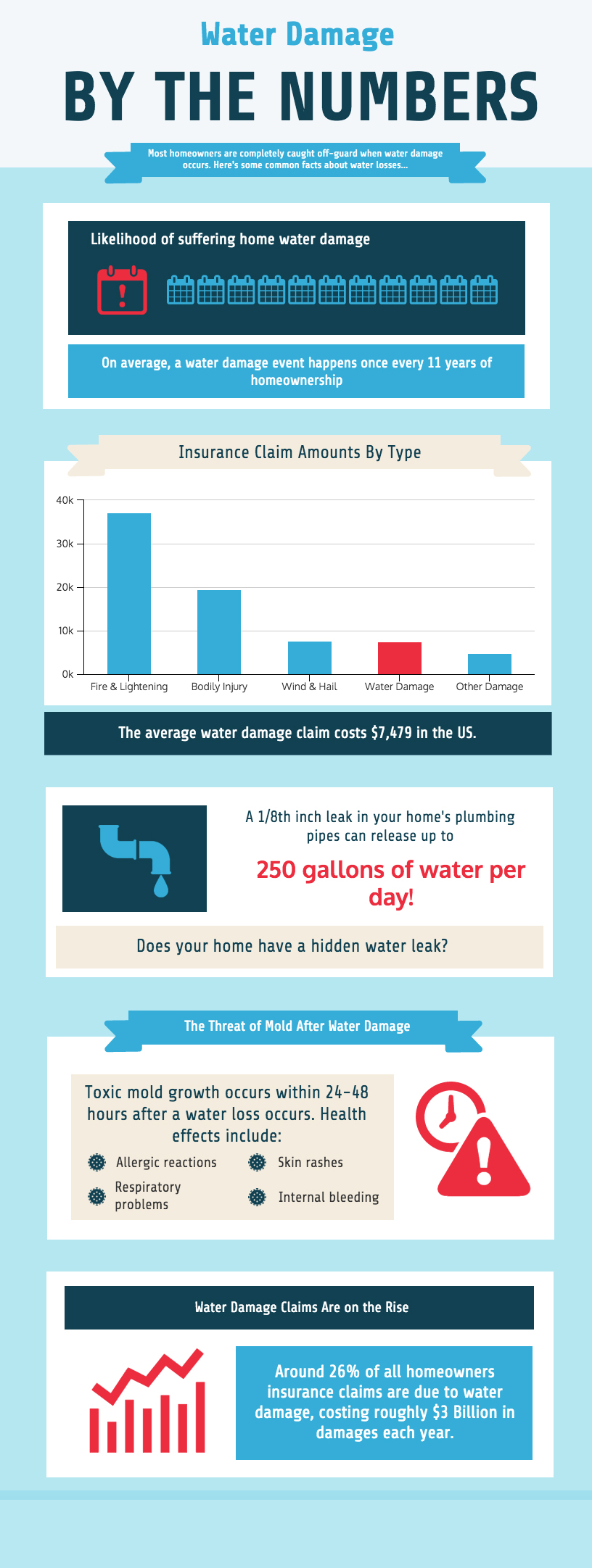Just How To Identify Roofing Damages Before It Becomes A Major Problem
Just How To Identify Roofing Damages Before It Becomes A Major Problem
Blog Article
Write-Up Composed By-Drew Kent
To secure your home from potential costly repair work, determining roof damage very early is important. By watching out for refined indications like missing roof shingles or water spots, you can catch problems prior to they get worse. Yet what concerning those often overlooked areas that could mean covert issues lurking over you? Keep tuned to uncover essential pointers for spotting roofing system damages before it escalates right into a significant migraine.
Very Early Warning Signs
Finding roofing system damage early can conserve you time and money. One crucial very early indication to look out for is missing out on or harmed shingles. If you see any shingles that are broken, curling, or completely missing, it's important to attend to the issue immediately. These damaged shingles can leave your roofing prone to leaks and further damages.
Another indicator to look for is water stains on your ceiling or walls. These stains can suggest a leakage in your roofing system that requires immediate attention. Neglecting these water discolorations can result in a lot more substantial and costly repair work down the line.
Additionally, be on the lookout for any indicators of drooping or drooping locations on your roofing system, as this could indicate architectural damage that needs to be repaired promptly.
Outside Examination Tips
Frequently evaluating the exterior of your roofing system is critical for preserving its integrity and determining possible damage early. Begin by taking a look at the tiles-- seek any missing, fractured, or curling shingles, as these can be signs of roofing system damage.
Check the seamless gutters for granules from the roof shingles, as too much granule loss might symbolize aging or weathering. Pay attention to the blinking around vents, smokeshafts, and skylights, guaranteeing they're securely sealed and without cracks.
Try to find indications of moss, algae, or mold development, as these can cause roof covering degeneration if not dealt with quickly. Furthermore, examine the fascia and soffits for any type of water stains or rot, which could signify water damages.
Finally, analyze flooring installation far north central of your roofing system from the ground, looking for any drooping locations or visible dips. By carrying out these outside evaluations consistently, you can catch roof damages early and avoid it from becoming a major issue.
Inside Red Flags
When inspecting your roofing for possible damages, don't ignore the importance of inspecting the interior of your home. Interior warnings can often be early signs of roof concerns that need attention.
Beginning by examining your ceilings for any water stains or staining, as these can signal a leakage in the roofing. An additional crucial area to check is the attic, where signs of water damage, mold and mildew, or mildew may indicate a roofing issue.
Pay very close attention to any moldy odors or a recognizable boost in moisture levels, as these can likewise be indicators of water breach from a damaged roof covering. Additionally, sagging areas in the ceiling or walls should be taken seriously, as they could be an outcome of water damages deteriorating the structure.
If you observe any of these interior red flags, it's crucial to have a specialist roofer assess the situation without delay to avoid more damage and pricey repair work.
Conclusion
By remaining cautious and regularly checking for early indication of roofing damage, you can protect against minor issues from turning into significant troubles. Keep san antonio remodeling contractors out for missing out on or damaged shingles, water discolorations on ceilings or wall surfaces, and any sagging or drooping areas on the roof. By addressing roofing in san antonio , you can conserve yourself from expensive repair work and guarantee your roof covering continues to be in good condition for years ahead. Remain positive and protect your home from potential damage.
